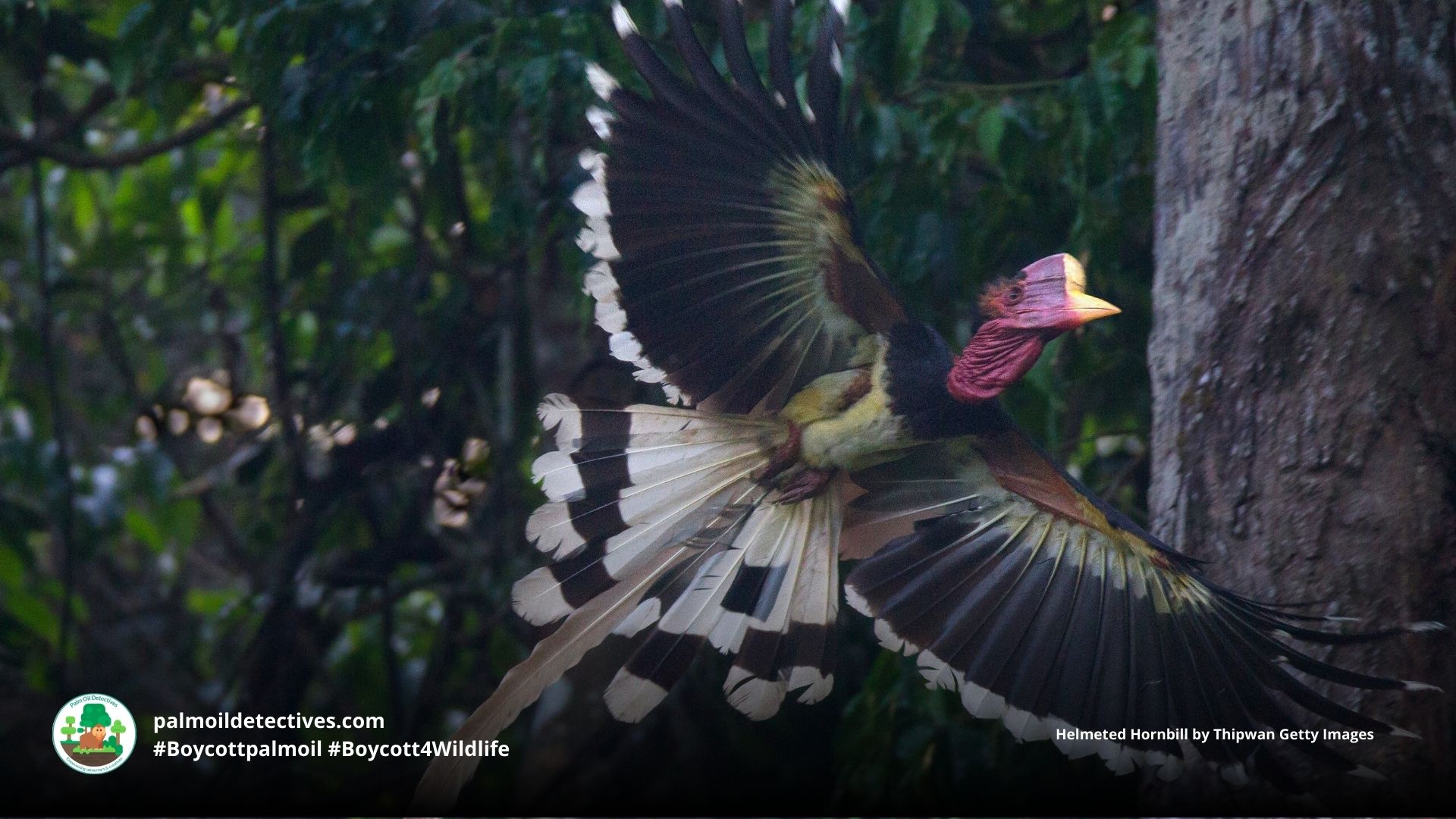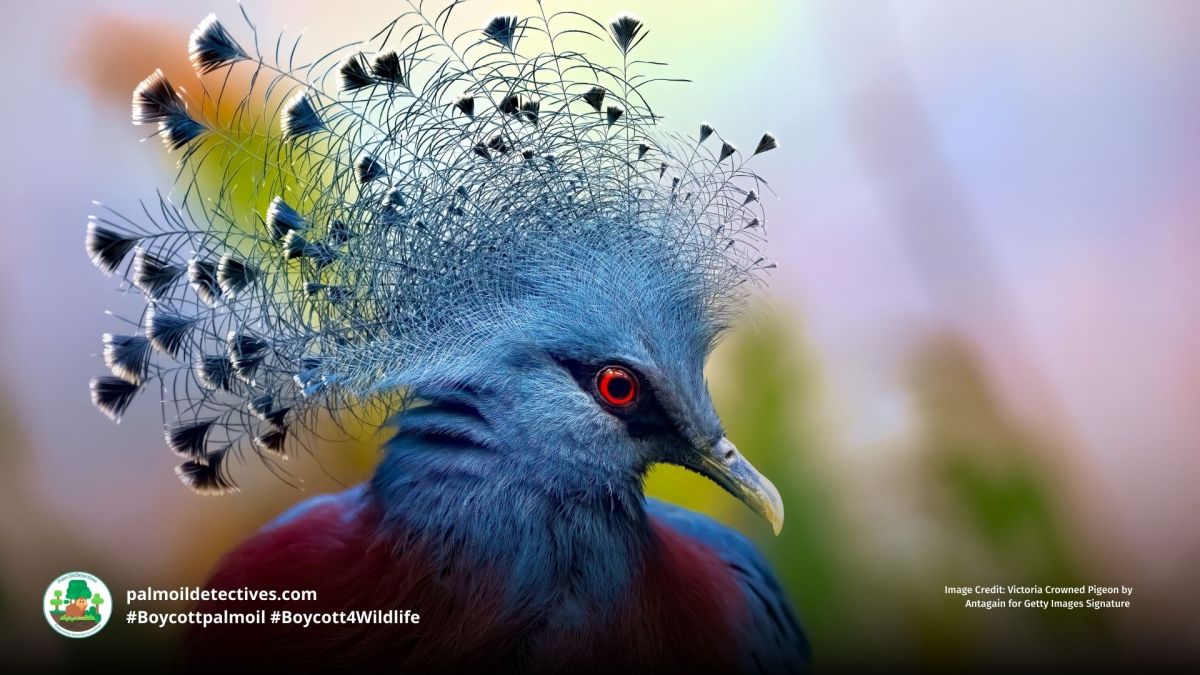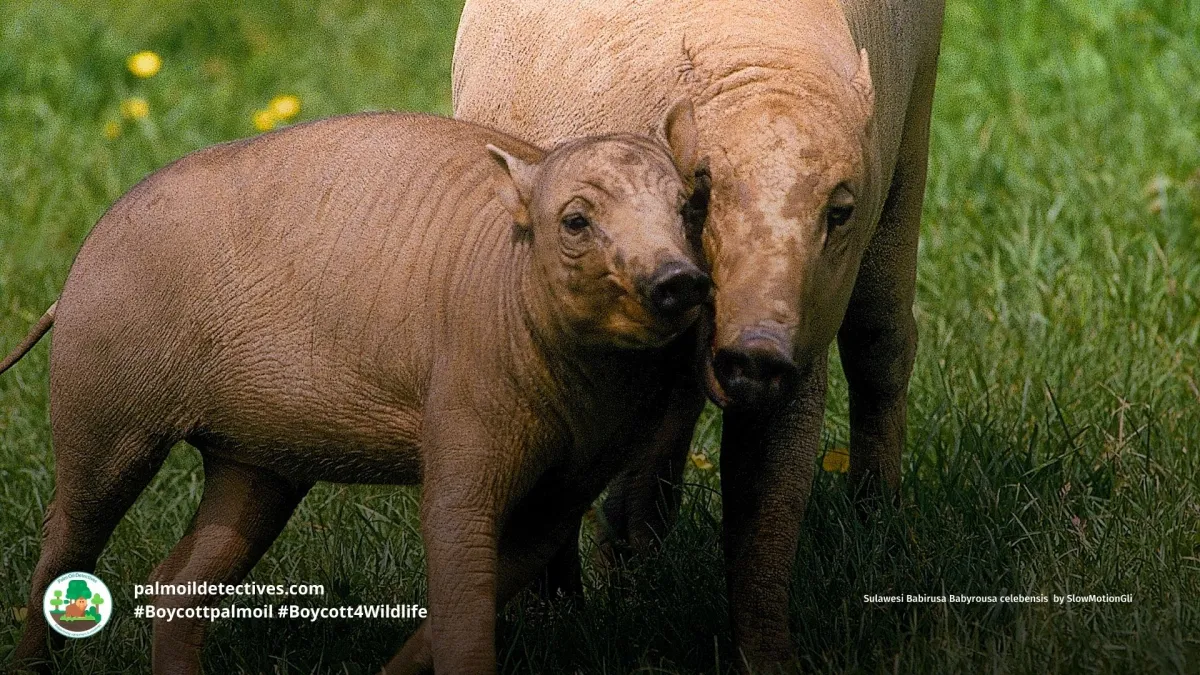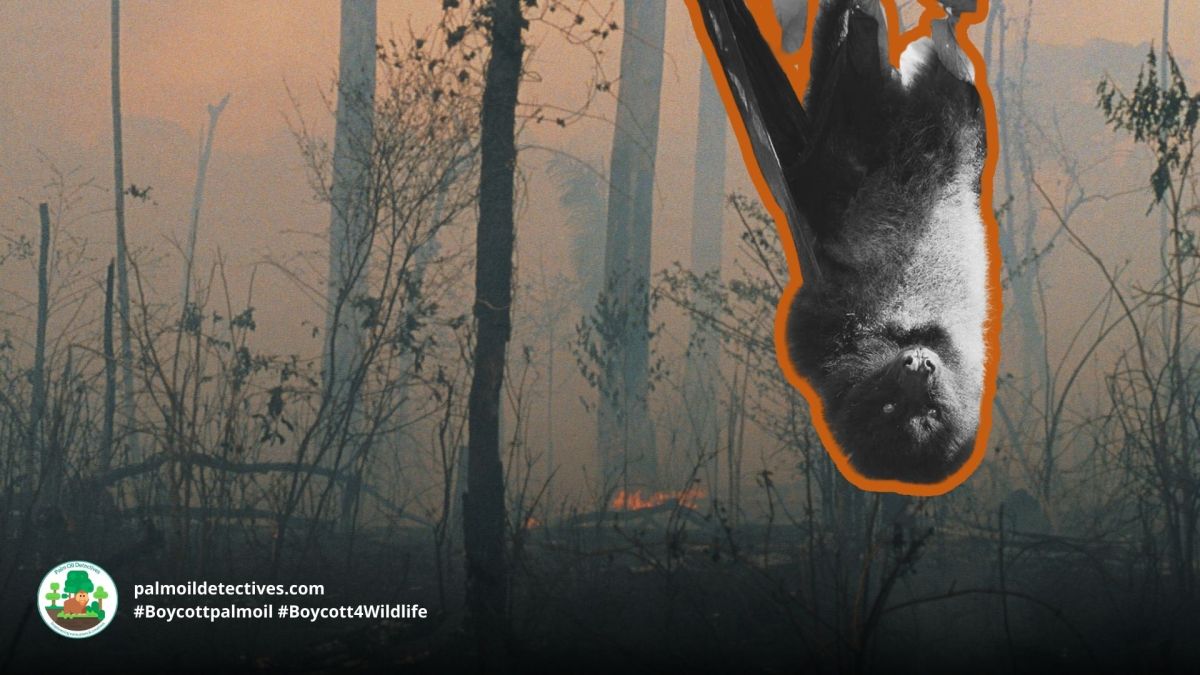Helmeted Hornbill Rhinoplax vigil
Critically endangered
Extant (resident)
Brunei Darussalam; Indonesia; Malaysia; Myanmar; Thailand
Extinct
Singapore
Helmeted #Hornbills are critically endangered in #Indonesia #Malaysia #Myanmar and #Thailand due to illegal hunting for their casques and #palmoil #deforestation. Help them survive and #Boycottpalmoil #Boycott4Wildlife #RT2022
Tweet
Help the Helmeted #Hornbill survive! They are critically #endangered and hemmed in on all sides by #palmoil #deforestation, #hunting and #greed. Fight for them every time you shop and #Boycottpalmoil #Boycott4Wildlife #RT2022
Tweet
Helmeted Hornbills are spectacular, large and intelligent birds native to SE Asia, known for their substantial helmet-like structure on their head called a casque made of ivory. This hefty head accounts for 11% of their 3kg body weight. They are found on the Malay Peninsula: Sumatra, Borneo, Myanmar and Thailand. They are critically endangered. Their main threats are illegal hunting and wildlife trade for their ivory casques along with palm oil and timber deforestation. Help them each time you shop and #Boycottpalmoil #Boycott4Wildlife
Males use their stocky, strong heads for combat and mating rights with females. These mysterious, intelligent birds are considered by many Indigenous people as guardians of the forest.
The Punah Bah people believe that a large helmeted hornbill guards the riverbank and the veil between life and death.
Animalia.bio



Appearance & Behaviour
Along with the Great Hornbill, Helmeted Hornbills are considered to be one of the largest Asian Hornbills, with males weighing averaging arounf 3 kg and females around 2.7kg.
These spectacular large birds have a shiny black plumage along with long tail feathers tipped with a white band near the top of each feather. Their long tail feathers account for the bird’s long body length – making them longer than any other hornbill species at 110-120 cm.
They have a loud, unmistakeable hoot that reaches a crescendo after about 24 hoots and culminates in a cackle resembling laughter.
Their bare wrinkled throat patches vary in colour with red for males and a pale blue or greenish colour for females. Their heavily lashed eyes are amber or red in colour and are surrounded in a vivid orange flourish of feathers.
Their helmeted casque goes from the base of their bill to halfway up to the tip and their bill and casque are a vibrant yellow. Their casques are solid and fused with their skull and together this constitutes over 10% of the bird’s body weight.


Threats
1. Illegal poaching and illegal wildlife trade for their ivory casque
The species is heavily targeted by hunters and illegally traded. The species has a solid horn or casque, which is highly prized. China is the biggest consumer of the casques, which are often carved for decorations (Hughes 2015).
IUCN RED LIST
Large numbers of poachers have been observed in the forests of Sumatra searching for this species (J. Eaton in litt. 2015), and in June 2015 a group of around 30 hunters was broken up in northern Sumatra (Hughes 2015).
The illegal trade of hornbill ivory is pushed by organised crime
The trade in Helmeted Hornbill casques is enabled through an organised crime network in Indonesia and Malaysia which facilitates the trade of this material for use in China. Poachers and illegal traders often also trade other high value wildlife such as the Sumatran Tiger Panthera tigris sumatrae and Sunda Pangolin Manis javanica.
Hunting of these hornbills has devastating impact on their breeding patterns
When female Helmeted Hornbills are pregnant and following birth of her young, both mother and chick rest in a tree hollow for several months. She is reliant upon her male partner to obtain food. If the male is intercepted by hunters and killed the mother and her chick’s survival is severely compromised.

2. Deforestation for timber and palm oil
Analysis of remote sensing data shows that between 2000 – 2012 there was a loss of 12% of their range (A loss from 643,000km/sq to 565,000km/sq during this time).
Assuming that the rate of forest loss is constant, this represents a loss of c.28.7% of forest habitat within the species’s range across three generation lengths (31.2 years). Rates of forest loss in the Sundaic lowlands have been extremely rapid, owing partly to the escalation of illegal logging and land conversion for palm oil.
IUCN Red List

In 2015, the Helmeted Hornbill went from Near Threatened to Critically Endangered
Conservation group TRAFFIC, which tracks down illegal wildlife traders estimates that 2,170 casques were confiscated in just three years in China and Indonesia alone.
There are fewer than 100 birds remaining in Thai forests. At least 546 hornbill parts, mostly casques of helmeted hornbills, have been posted for sale on Thai Facebook in the past five years. Traders will pay villagers 5,000-6,000 baht (US$165–200) for a hornbill head. Prices double or triple in cities and increase exponentially when sold overseas.
IUCN Red List
These beautiful birds must be saved from extinction – help them every time you shop and #Boycott4Wildlife, find out how here.





Habitat
Helmeted Hornbills are dependent upon fig trees for sustenance. They are severely impacted by the loss of fig trees to timber and palm oil logging.
Fires in the rainforest have increased their population fragmentation. In Myanmar, forests where they live has been cleared for road construction and infrastructure projects. A grove of large trees, which were suspected nesting trees, were also cleared out.
Diet
Helmeted hornbills mostly eat the fruit of strangler figs plants.
Mating and breeding
Males will compete and fight over mating territory by ramming each other with their tough casques – in a spectacular display known as aerial jousting. Females will also participate in the jousting but won’t make active contact with their casques, instead they move quickly away at the last moment before collision.
These rare birds only reproduce once per year with a single chick. Mother and chick remain in the hollow of a tree for the first five months of the chick’s life. The father will then forage for food and return to the nest to feed mother and offspring. If the male is hunted, the mother’s ability to leave the nest herself to provide for the chick is severely compromised. Therefore the death of the male can lead to the death of the mother and baby.
Support Helmeted Hornbills by going vegan and boycotting palm oil in the supermarket, it’s the #Boycott4Wildlife
Support the conservation of this species
This animal has no protections in place. Read about other forgotten species here. Create art to support this forgotten animal or raise awareness about them by sharing this post and using the #Boycottpalmoil #Boycott4Wildlife hashtags on social media. Also you can boycott palm oil in the supermarket.
Further Information
BirdLife International. 2016. Ceratogymna elata. The IUCN Red List of Threatened Species 2016: e.T22682627A92954374. https://dx.doi.org/10.2305/IUCN.UK.2016-3.RLTS.T22682627A92954374.en. Accessed on 31 October 2022.
Helmeted Hornbill Rhinoplax vigil on Wikipedia
Helmeted Hornbill Rhinoplax vigil on Animalia.bio

Forgotten Species on Palm Oil Detectives
These species have no known conservation actions in place and are silently disappearing before we can save them. Do something about it by boycotting supermarket brands linked to tropical deforestation. Join the #Boycott4Wildlife

How can I help the #Boycott4Wildlife?
Contribute in five ways
1. Join the #Boycott4Wildlife on social media and subscribe to stay in the loop: Share posts from this website to your own network on Twitter, Mastadon, Instagram, Facebook and Youtube using the hashtags #Boycottpalmoil #Boycott4Wildlife.
2. Contribute stories: Academics, conservationists, scientists, indigenous rights advocates and animal rights advocates working to expose the corruption of the palm oil industry or to save animals can contribute stories to the website.
3. Supermarket sleuthing: Next time you’re in the supermarket, take photos of products containing palm oil. Share these to social media along with the hashtags to call out the greenwashing and ecocide of the brands who use palm oil. You can also take photos of palm oil free products and congratulate brands when they go palm oil free.
4. Take to the streets: Get in touch with Palm Oil Detectives to find out more.
5. Donate: Make a one-off or monthly donation to Palm Oil Detectives as a way of saying thank you and to help pay for ongoing running costs of the website and social media campaigns. Donate here













